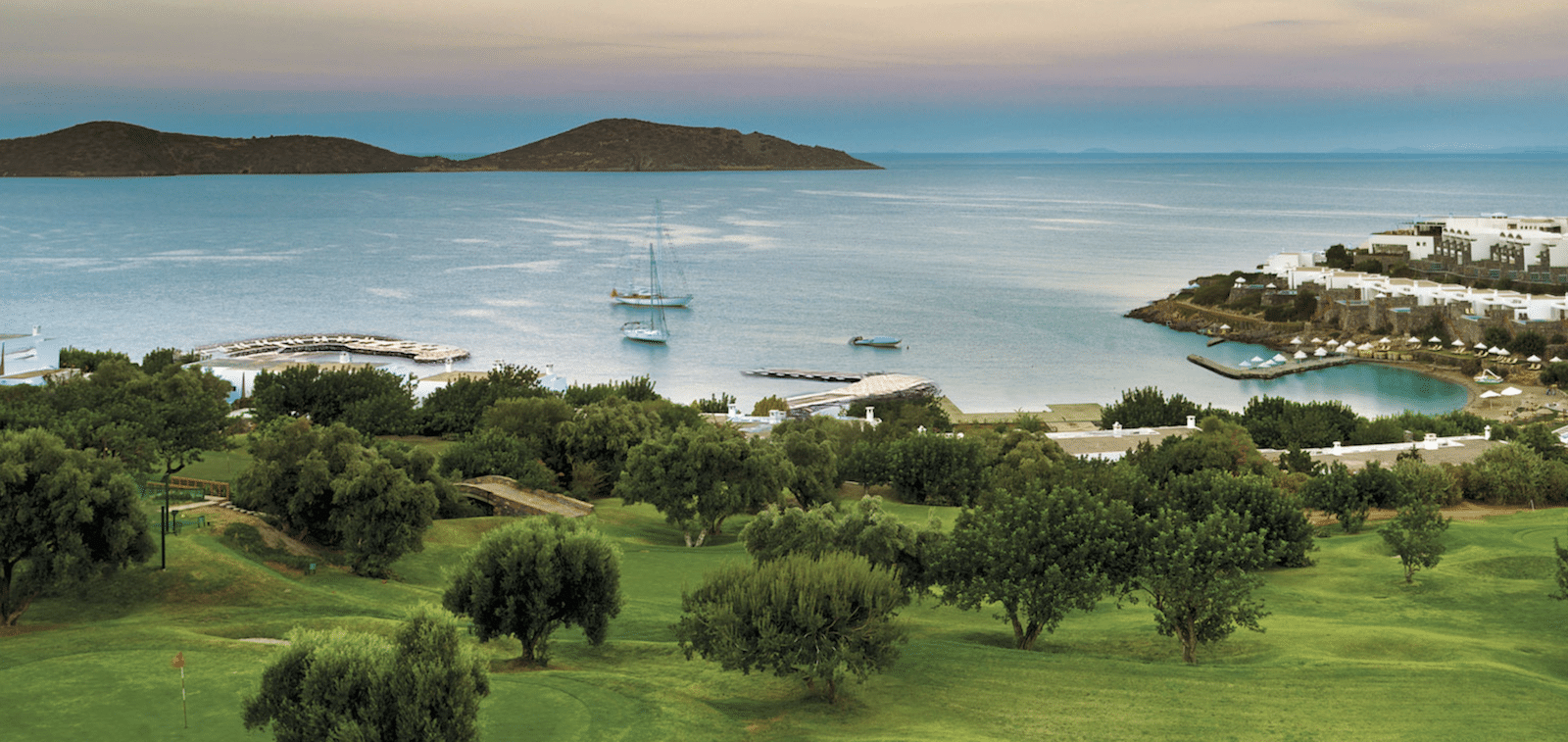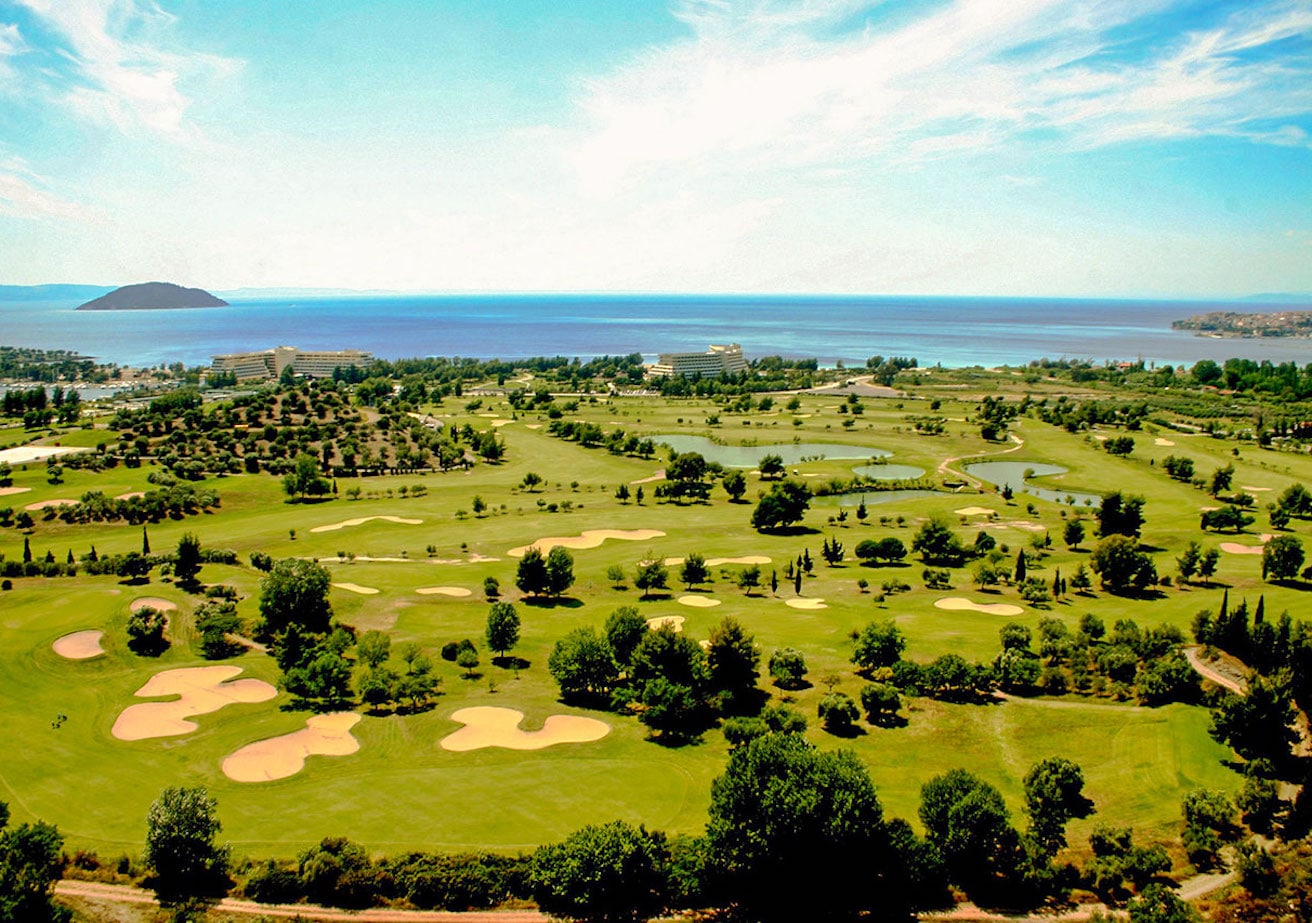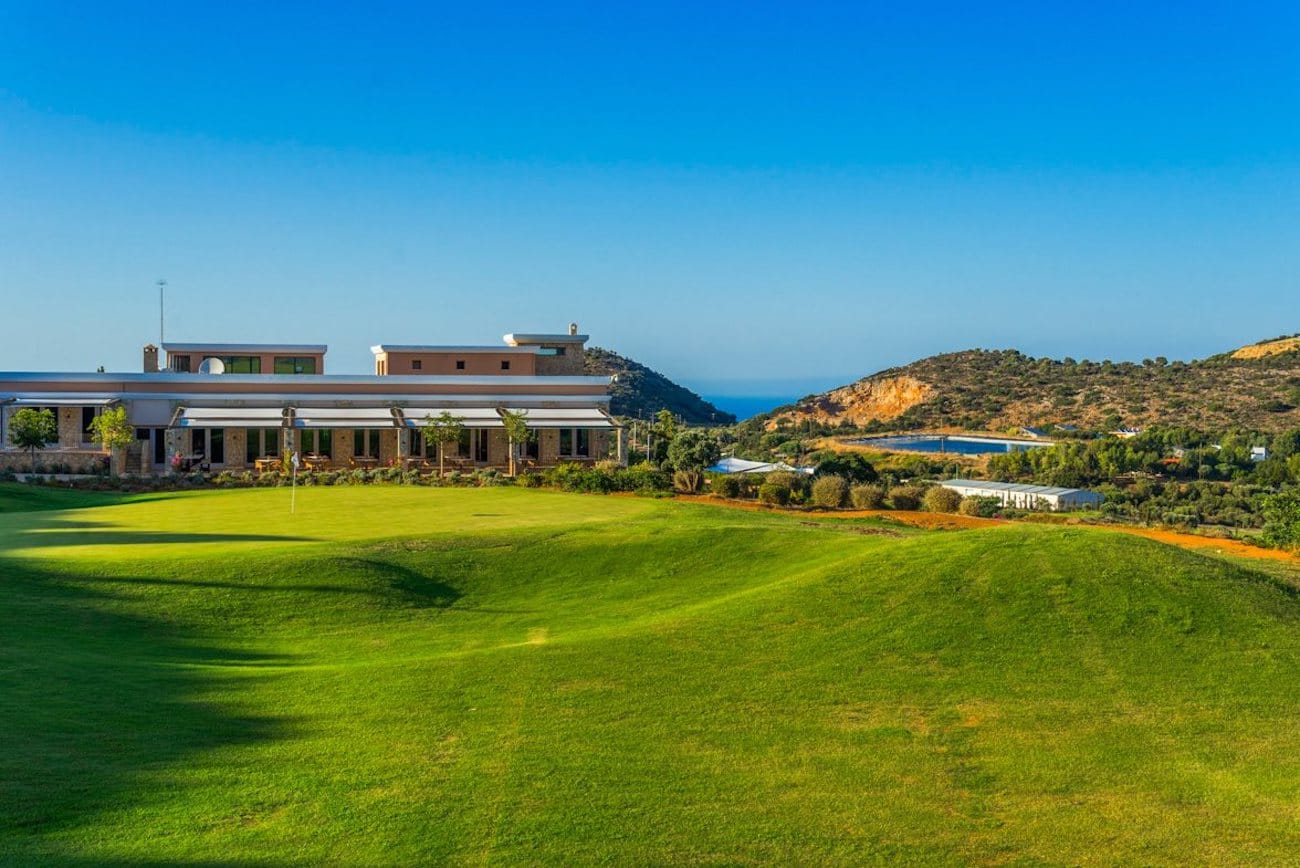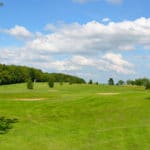Glyfada Golf Club of Athens is located on the Saronic Gulf in the seaside town of Glyfada. Sometimes known as the Athens Golf Club, the Glyfada golf course opened for play in 1962 and Donald Harradine designed it.
Taking advantage of the natural beauty of the landscape (natural creek, seaside view), the renowned golf architect Donald Harradine built an 18-hole golf course in 1962, which still exists. Harradine had many new trees planted along the fairways, mainly the pine trees native to the region. A characteristic feature of the course were the wooden bridges over the creek at the 1st,9th, 15th and 16th holes crossed by golfers carrying their carts.
Glyfada Golf Club of Athens golf course opened with nine holes in the beginning of 1962, and six months later all 18 holes were completed.
A significant modification was made in 1978 by Robert Trent Jones, as part of the preparations for the 27th World Cup Series. An automatic irrigation system was designed and installed throughout the course and the creek ,was carefully covered and converted into a flat ravine, as the first electric golf cars made their appearance . Later, the addition of sand traps ( bunkers) on the fairways, increased the degree of difficulty of the course.
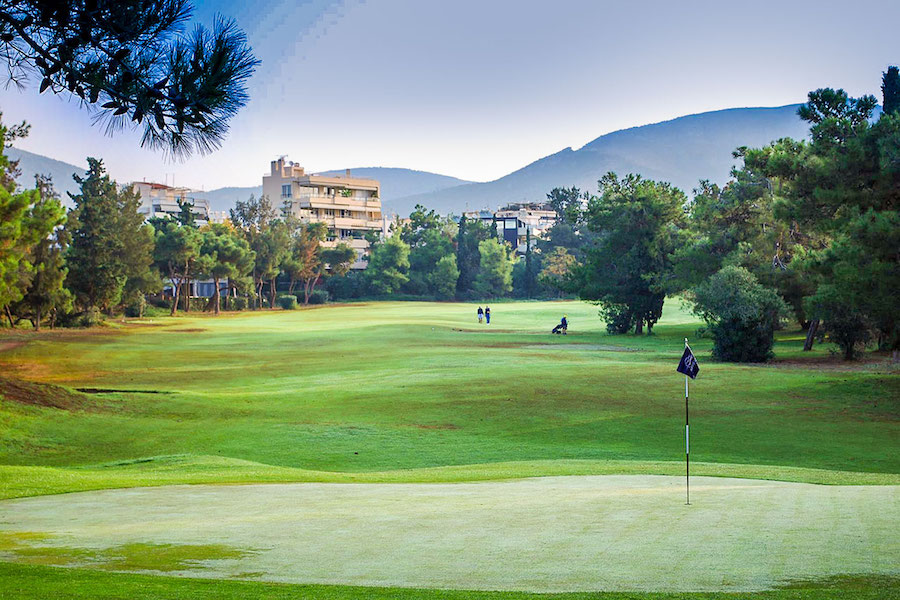
Wedged between the coast and the mountains, Glyfada was for many years the undisputed premier golf course in Greece and it played proud host to the 1979 World Cup of Golf, which the American pairing of Hale Irwin and John Mahaffey won by five shots from runners-up Scotland.
The fairways are surrounded by pine trees, cypress trees, and olive and fig trees, without large differences in height. The slightly rolling terrain is easy to walk.
Starting from the elevated 1st tee, you’ve got a view of the sea, and moving on, you ascend the 3rd hole par 5 to find yourself facing the sea, following the 4th, 5th and 6th holes. Care should be taken to avoid the out of bounds on the left side.
The 7th hole, at 480m, is the longest par 5, followed by the beautiful par3 8th and then the most challenging hole on the course, the 9th. The difficulty is in targeting the elevated green over the flat ravine, which requires a long approach onto a sloping green.
Arriving back at the starting point, near the Club House, you have the option of a short refreshing break.
Continuing on to the 10th hole, you head back to the south. When you reach the green, the picturesque church of St. Dimitrios is on your left (time for a snapshot!) As you move on to the 11th hole, the landscape changes. Set against Mount Hymettus, the 12th hole ( the longest par 3 at 180m.) leads to the 13th hole, which you aim on the left because of the road on the right.
The beautiful 14th hole with its spectacular green requires a walk up to the long 15th hole par 5 , with remnants of the old creek before the green.
The 17th hole with its beautiful green and view of Mount Hymettus leads to the last hole, the 18th, which climbs to an elevated green, perhaps the hardest on the course .Built on two levels (visible from a distance), it is protected by two deep bunkers on the right and a steep slope on the left, complicating your second hit.

